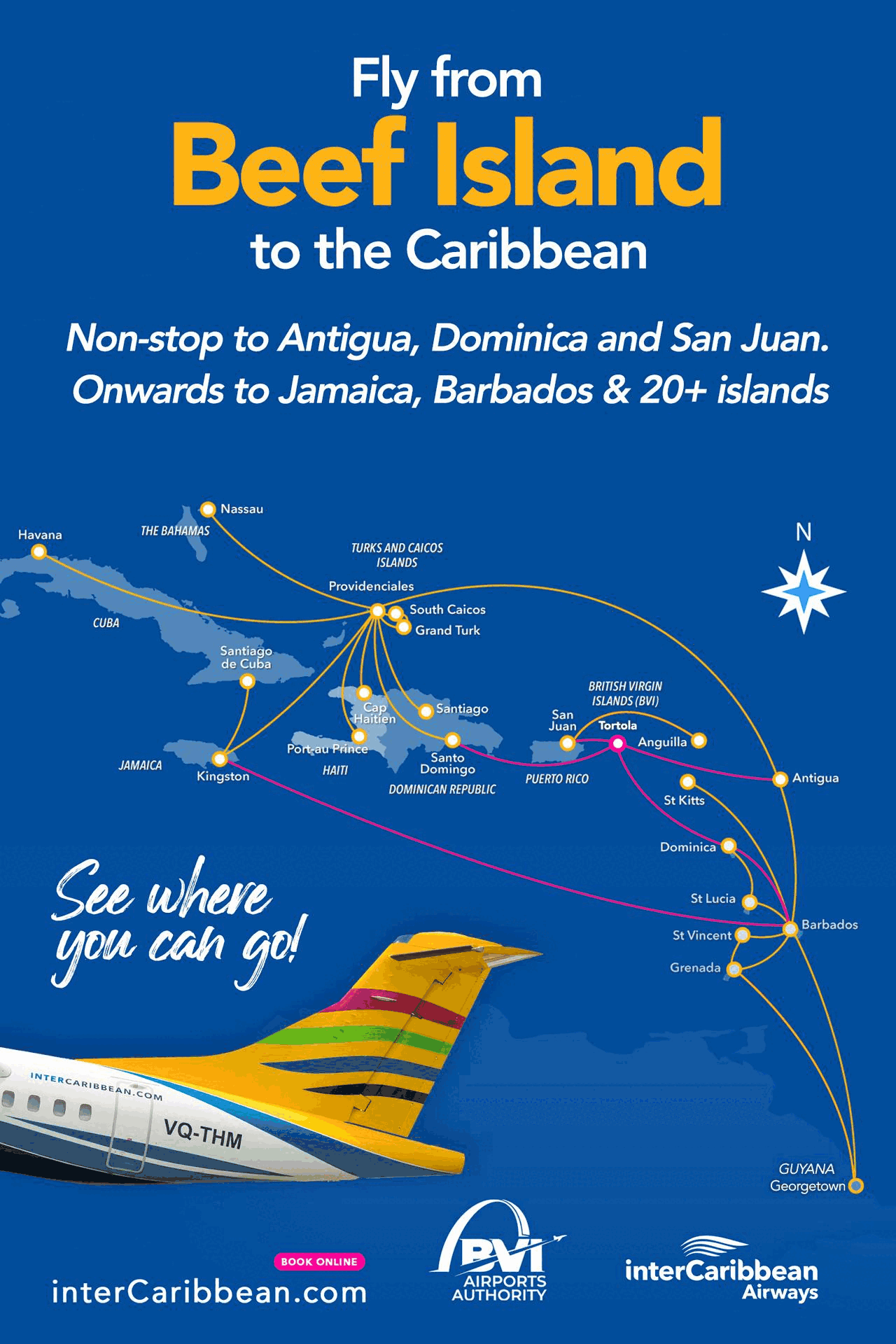Lessons from San Juan
Puerto Ricans are a smart, fun loving, and culturally colourful people. They are the quintessential Spanish Americans. Sociable folk, with a love for flavour filled food, music, night life, friends, and family. Puerto Rico is very much a part of the Caribbean, as it is a USA Commonwealth.
Puerto Rico is a mix of Americana and Latin America. It is a Caribbean island with a Latin feel and smell: the classic getaway for the US tourist, with miles of spectacular beach, and great nightlife. It is also a popular destination for Eastern Caribbean nationals.
Puerto Rico is a U S gateway and port of call for West Indian travelers who shop at malls in San Juan, and access its US standard, medical facilities. Like the American territories of Guam, and the Virgin Islands (US), Puerto Rico’s infrastructure and road network is similar to what is found on the US mainland.
Now, poverty in Puerto Rico is worse than in the poorest US States. Puerto Rican’s claim that this poverty is the result of the country being treated unfairly by the US. Poverty could also be the result of Puerto Rico being a magnet for migration from places such as The Dominican Republic, and Latin America.
There is net migration out of the island into the US. Some of Puerto Rico’s brightest and smartest are leaving the Caribbean Island for a “better life” in states such as Florida, New York, and Texas, where there are much greater employment and economic opportunities.
The island’s population is on the decline as a result. This emigration is exacerbating the island’s economic problems. A declining population leads to lower consumer demand and slower economic growth.
Then, when the “best and brightest” leave, a country loses human capital in the form of scarce skills and specialised knowledge. Those at the top of the employment and professions food chain have greater spending power. That is cash lost to the native and home market. But when a declining population is mixed with recession, the result is depression, and worse.
OK. For decades, Puerto Rico, an overseas territory of the USA, lived above its means. In other words, government spent more than it earned in revenues. The country was spending more than it earned from economic growth.
It took for granted the links it had to the US politically and financially. As a result of this excess in spending, annual deficits became unsustainable. National debt grew to unsustainable levels.
Today, Puerto Rico is facing a mountain of debt: 72 billion dollars. Puerto Rico has a GDP of over a hundred billion dollars, and income per capita of thirty five thousand dollars. The debt to GDP ratio is not out of the park by any means. Still there is money owed to creditors such as pension funds, government corporations, and various bond instruments. And these creditors want to be paid their cash as it becomes due.
The result of this living above its means has resulted in placing the island in a position where it is about to default on its debt repayments. Puerto Rico is struggling to meets its debt commitments. In fact, as of this November 2015, the country’s development bank states that there is less than one billion USD in its coffers.
Then it has to meet an immediate payment of 700 million USD, in addition to another major payment of nearly a billion USD in 2016. In addition to these debt payments, Puerto Rico must meet its regular expenditure requirements for public services and infrastructure needs.
Austerity is being forced down the throat of Puerto Rico by its creditors as a result of its debt conundrum. There is a lack of willingness by the US financial establishment to forgive Puerto Rico’s debt, or reschedule that debt to such an extent that it allows the economy to function as normal. In that way, Puerto Rico resembles Greece. It possesses a debt that it simply cannot repay based on its present fiscal position and current and future growth prospects.
Teachers recently went on strike to protest cuts in education spending. Puerto Rico has great night life. But when daylight comes reality sets in. People go home from the night’s gaiety to communities under severe social and economic strain.
Unemployment is a huge problem. This has led to a contracting economy. With no customers, hundreds of businesses hit the proverbial wall and have to shut. Whole communities have been hit. Businesses in towns all over the country are boarded. Thousands leave the island to look for work in US cities.
Now, unlike Greece or other independent countries that have to suffer fully for their economic sins, Puerto Rico has a “get out of jail free card.” The country’s residents are US citizens. They can leave the island and live, work, and vote, in the USA. This means that that there is a limit on what creditors can force down the throat of the Puerto Rican government. Puerto Ricans, unlike Trinidadians, can simply get up and move away from the country, and settle in the USA.
There are options for getting Puerto Rico out of the economic swamp. One is to allow businesses on the US mainland tax incentives to invest on the island. This could spur both job and economic growth, and enable Puerto Rico to meet its debt obligations. Already there is a real estate developer making use of a tax loophole. He is recreating whole neighborhoods and hopes that the majority of clients for the homes and businesses he is building are Puerto Rican.
The other option is full statehood. How Puerto Rico gets there only heaven can tell. However, if Puerto Rico became a full US statethen its debt would be shared by the rest of the states in the union in one form or another. There would be federal aid. Residents would be able to vote in Presidential elections and send representatives to Congress and the Senate to fight for the state’s interests.
One last option is for Puerto Rico to be allowed to file for bankruptcy. That is an option allowed only for US States. This would allow for a rescheduling of Puerto Rico’s debt. The whole process would be managed by a board of control. In other words, Puerto Rico will have to give up a significant amount of political and economic control over its own affairs. And the board will probably be at the beck and call of Puerto Rico’s creditors.
The key lesson of Puerto Rico is that governments must live within the parameters of the budgets that they write. Governments must also determine appropriate debt to GDP and debt to public revenue ratios, and then stick by these. The red light should be observed when parameters are breached. And wise decisions must be made to avoid going over the proverbial precipice.
Puerto Rico has some difficult days ahead.
Connect with Dickson Igwe on Facebook & Twitter










.jpg)







1.jpg)
.png)















5 Responses to “Lessons from San Juan”
The Dems and the Republicans have the same global Agenda and have sent all the Manufacturing jobs to Mexica, China and now India.
That said, everything we purchase from those countries is tax free and anything those countries purchase from the US is taxed so high that we are not competitive.
That why we are all voting for Trump even if he goes independent because he's going to put tariffs on those countries which which have been cheating us by paying off our politicians.
Once the tariffs are put on the manufacturing the US will become competitive once more and we will become solvent.
Puerto Ricos has thousands of empty Fomento buildings that are empty when 20 years ago they were full and flourishing. Until Bush,Clinton and Obama took over.